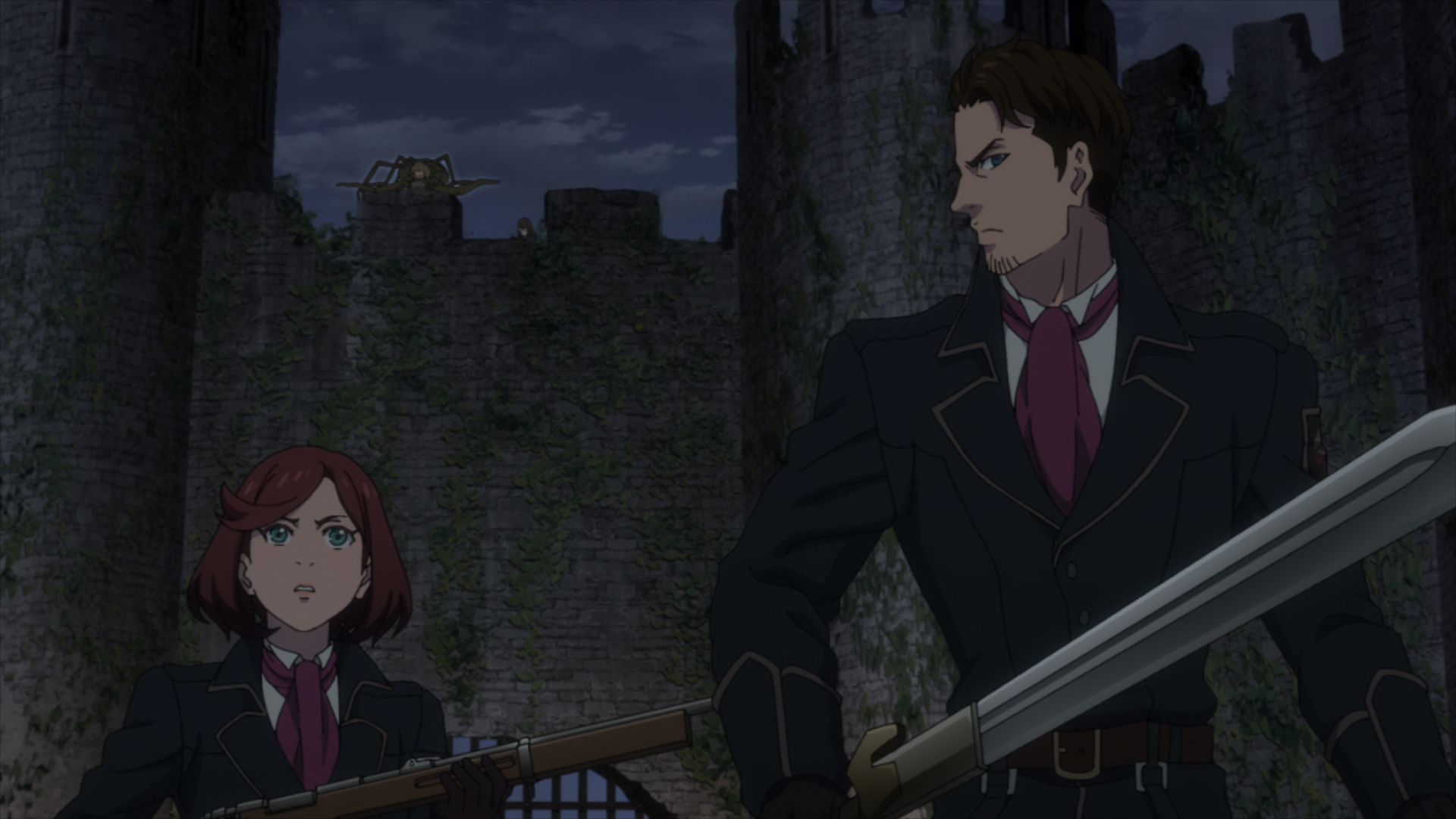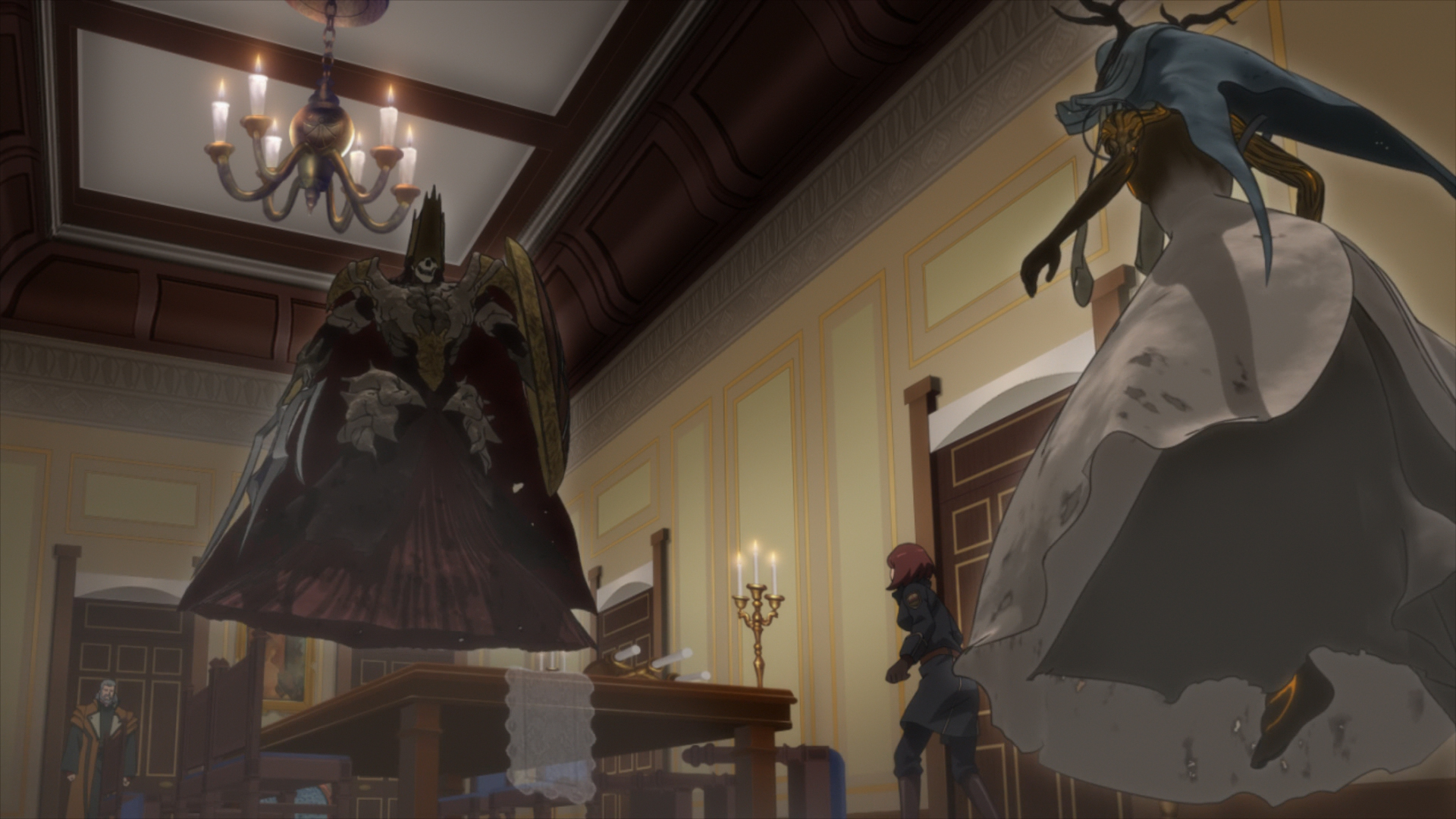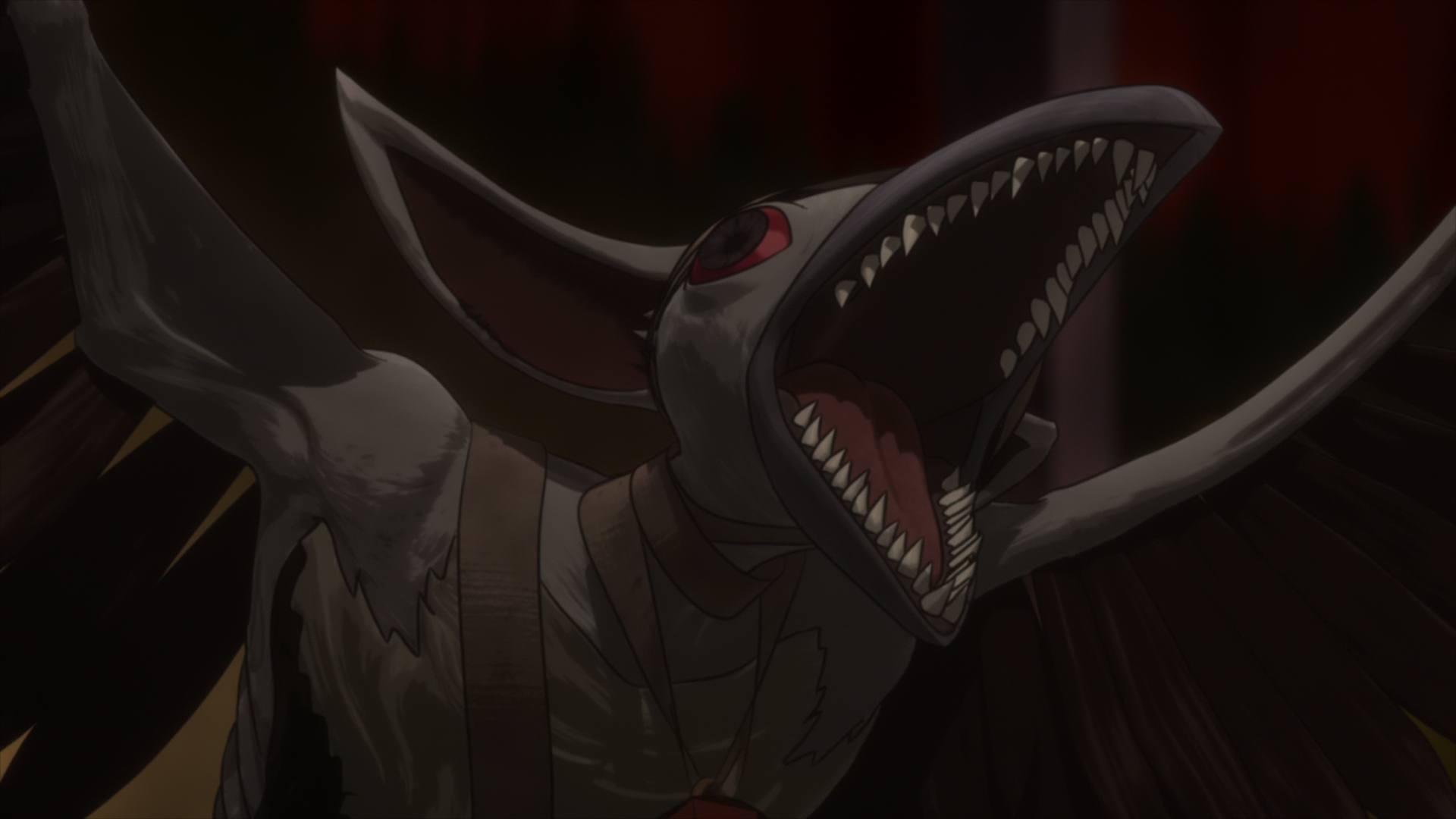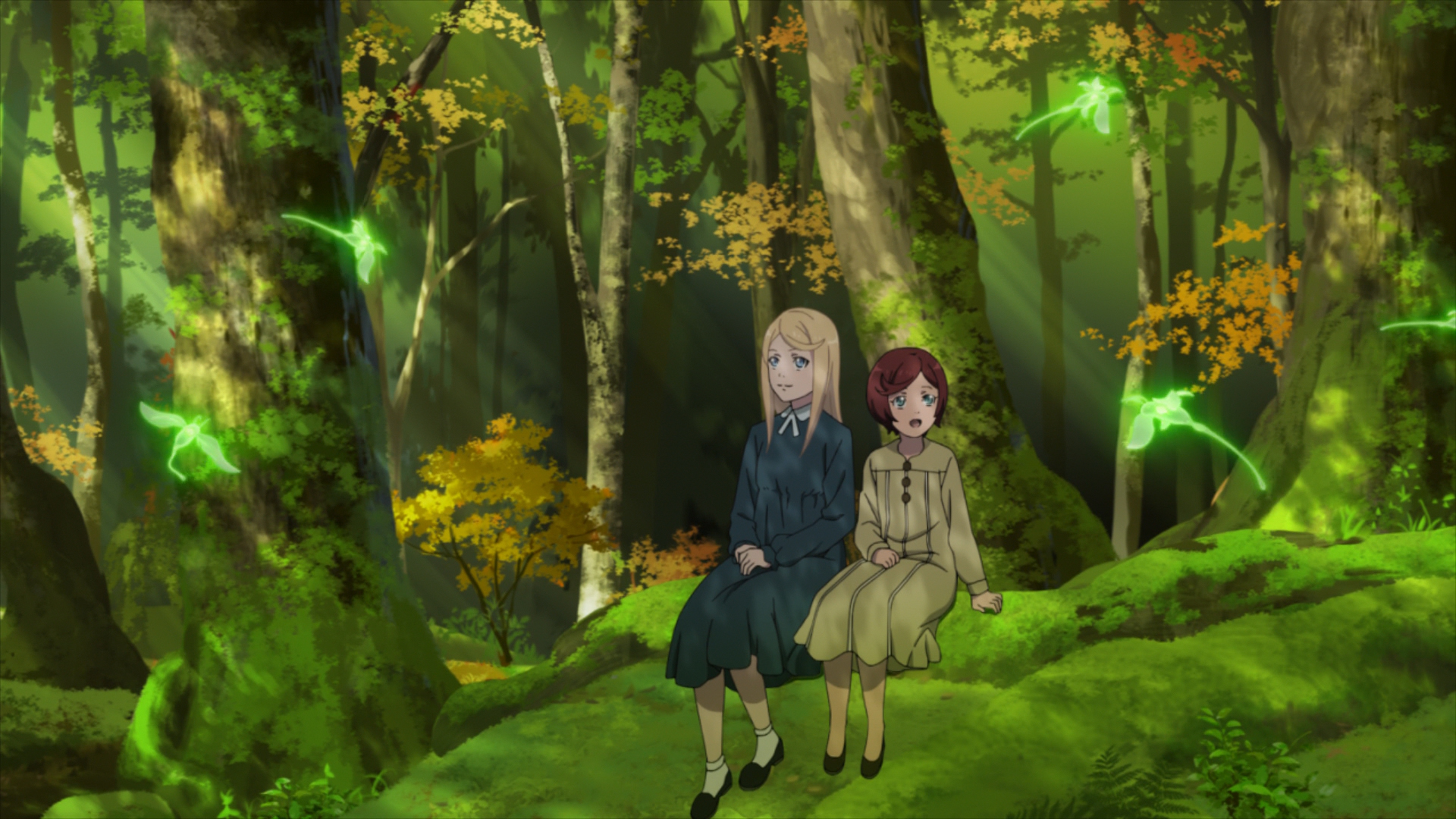Fairy Gone: Season 1 Part 2 Review
The second half of Fairy Gone resumes right where it left off, with United Zesskia still reeling from Shwarz Diese’s rebellion and his attack on Rondacia. With the former Duke’s defeat, the other dissident groups within the empire decide to make their move, with Arcame staging an assassination attempt on Ray Dawn. Now seeing them as a threat to the empire, Dorothea and the Zesskian military begin a crackdown on these groups, which inevitably leads them back to the Black Fairy Tome, with the remaining three parts being in criminal hands. Dorothea aren’t the only ones searching for the tome however, as they get caught up in the machinations of a long-forgotten religious cult who want to use the tome for nefarious ends and must be stopped at all costs.

Unlike the first half of the series, which bogged itself down with an unfocused and confusing narrative, the second half of Fairy Gone is a lot more consistent. It manages to find its feet in tying its outstanding plot threads together and ends up delivering a satisfying story, with my personal draw being its greater focus on its core mythology, and wrapping that around the world and characters to form a much stronger structure. I found its increased focus on the fairies quite fascinating, and as it explores the relationship between fairies and humans it establishes some relevant environmental undertones, as it shows well that abusing the fairies, just as any other natural resource, is not going to end well at all.
This all brings together the Suna survivors – Marlya, Veronica and Ray Dawn – with the majority of the character development focused on these three. Where it previously told their story in dribs and drabs, this time it goes all-in, showing the true events around the burning of Suna and the real motivations for Ray Dawn’s actions. The interplay between the three is great to watch and it’s fascinating comparing how they feel about each other, as their differing emotions over the event clash and drive them in different directions.

While this is the direction in which I wanted the series to go, focusing on this event and doubling down on the fantasy elements, there is a large trade-off in that there is a lot less development and screen time for many of the other characters. While all the members of Dorothea are still present, they mostly take a back seat, with the series choosing to follow Marlya and Free as a duo instead. While this is a shame, as the cast of characters remains one of the series’ strongest points, it does allow it to explore other characters in greater depth. Wolfran gets a clear arc of his own, for example, as his rivalry with Free comes to an explosive head, while there’s a lot more use for Damien, who becomes the series’ fountain of knowledge, and both Dorothea’s director Nein Auler and sharpshooter Lily Heineman get to show their stuff as things get more intense towards the end. On that note, it’s pleasing to see that the series treats its female characters very well, presenting them as strong and wilful people who aren’t going to back down from a fight.
The true villains of the piece though are a bit underwhelming, and the crazy cult that is the Eins Order doesn’t really amount to much. They are, of course, the cause of events and I’ll compliment their leader on planning out the entire scheme, but other than making characters go where they should, they’re not really a match compared to Diese and Liscar at the end of the first half.

Visually, P.A. Works’ animation still stands strong, keeping up with the strong character and world design from the first half. With all of the key locations established, there’s less of those annoying giant banners and on-screen text, which allows you to appreciate the background work a lot more, as they aren’t being obscured. Action sequences remain well executed and thrilling throughout, with a couple of nice set pieces in this second half set in crumbling castles that allow for some acrobatic close quarters combat.
The CG animation used for the fairies is still a little underwhelming and doesn’t mix too well with the rest of the show, but I must say that the fairies themselves do feel better utilised here as they get to show off their unique powers a bit more. One of the crime bosses, for example, has a bat-like fairy that allows him to foresee his opponent’s moves, which makes him pretty deadly.

(K)NoW_NAME’s soundtrack for the series is still absolutely fantastic, and I can only echo my praise from my review of the first half, as it really makes the show stand up. The opening theme, “STILL STANDING”, is really punchy, although I think I prefer the first half’s opening a little bit more, while the ending theme, “Stay Gold” is a slower song but is still really strong and fitting for the ending.
Manga Entertainment’s release of the series features Episodes 13 to 24 in both Japanese with subtitles and English. Both language options continue to be good ways to enjoy the show, with both the Japanese and English casts matching each other well. As with the first half, we received no review discs for this series, so I am unable to review any extras that may be on the discs.

Overall, Fairy Gone turns out to be a decent action fantasy series, with this second half resolving the issues the first half had with its narrative, while excelling in the portrayal of its characters and its worldbuilding. While it’s a shame the villains are underwhelming and some of the central characters do take a back seat, it still delivers a satisfying resolution and ultimately gets it core message across well.


